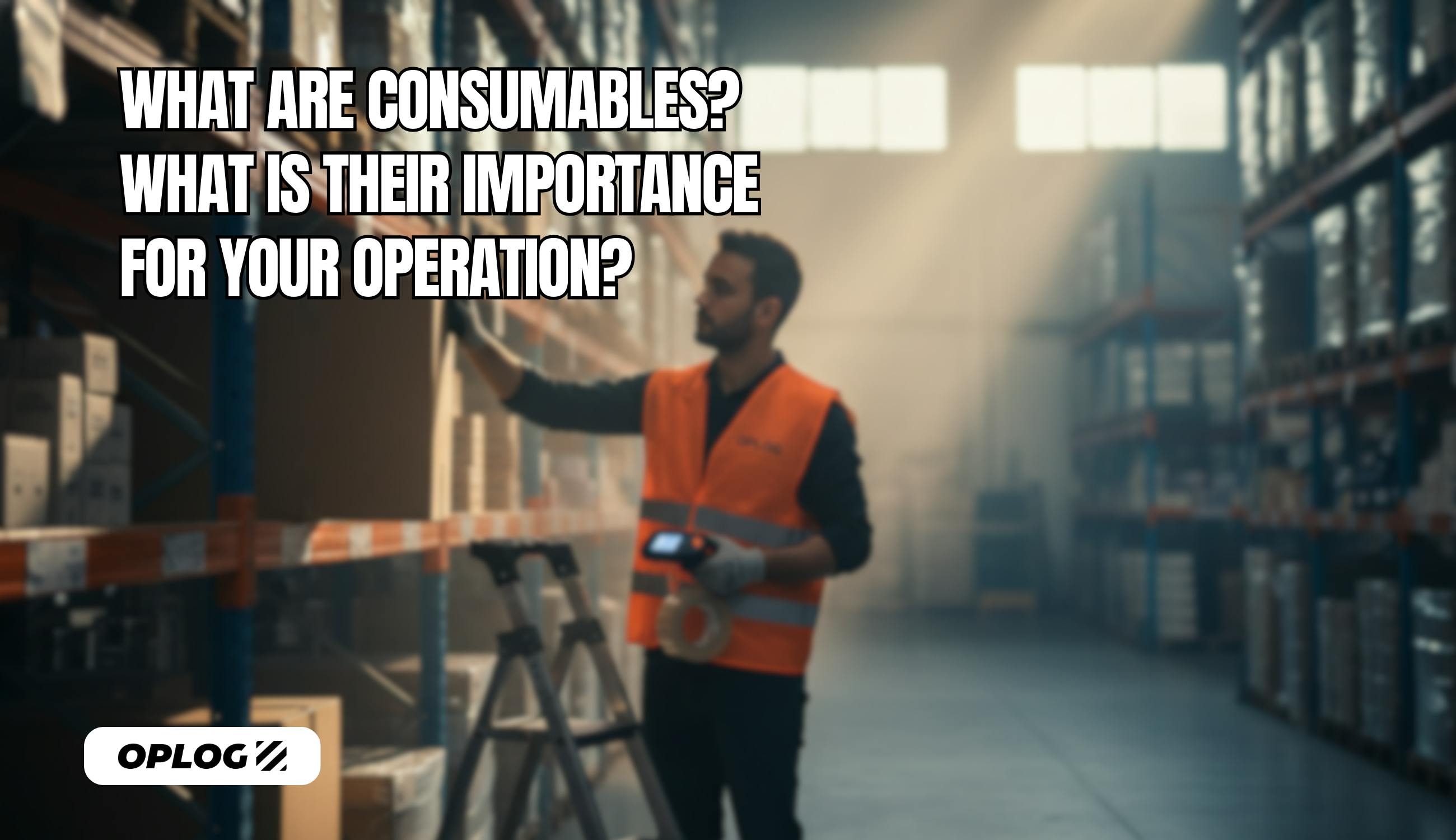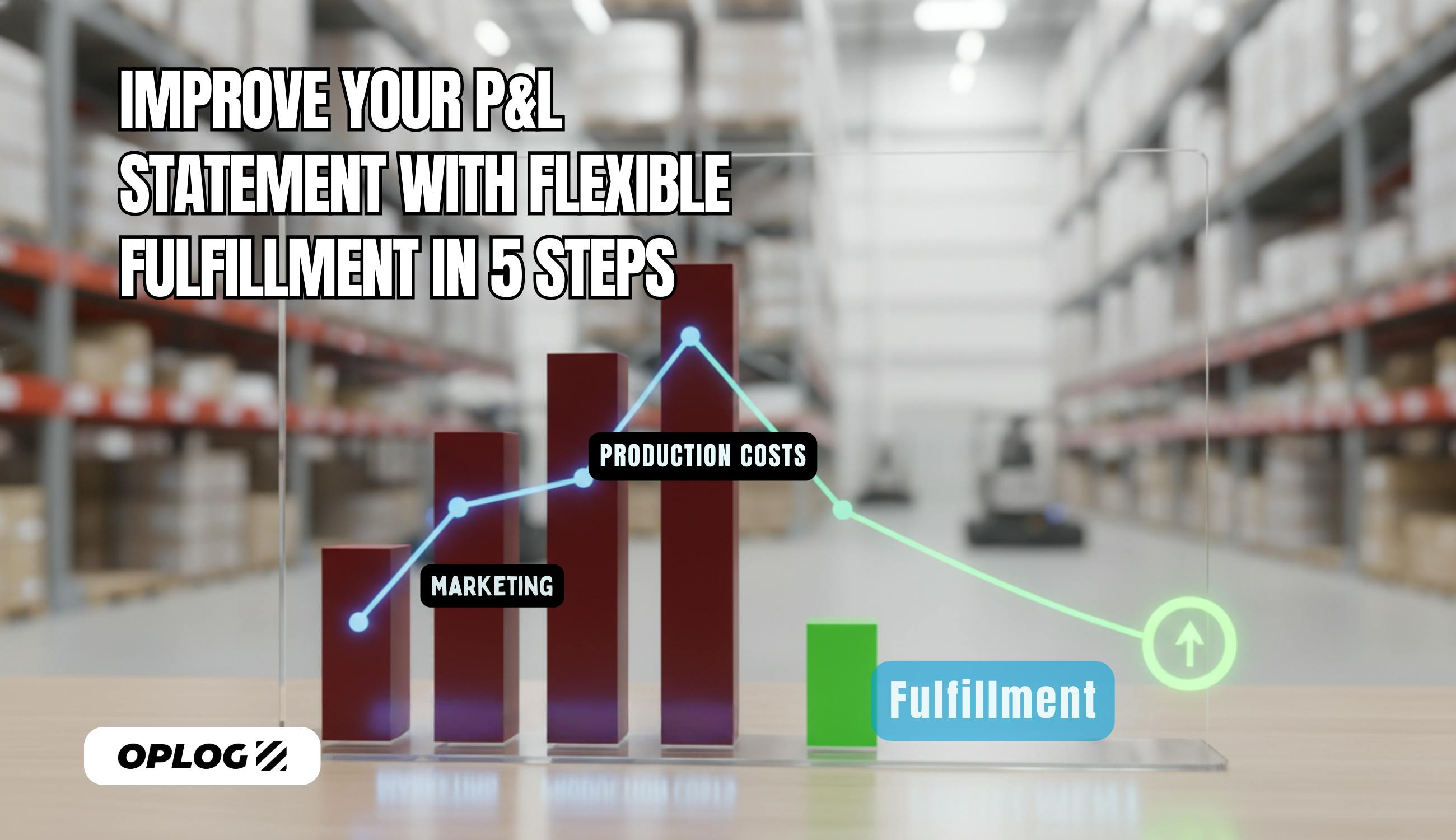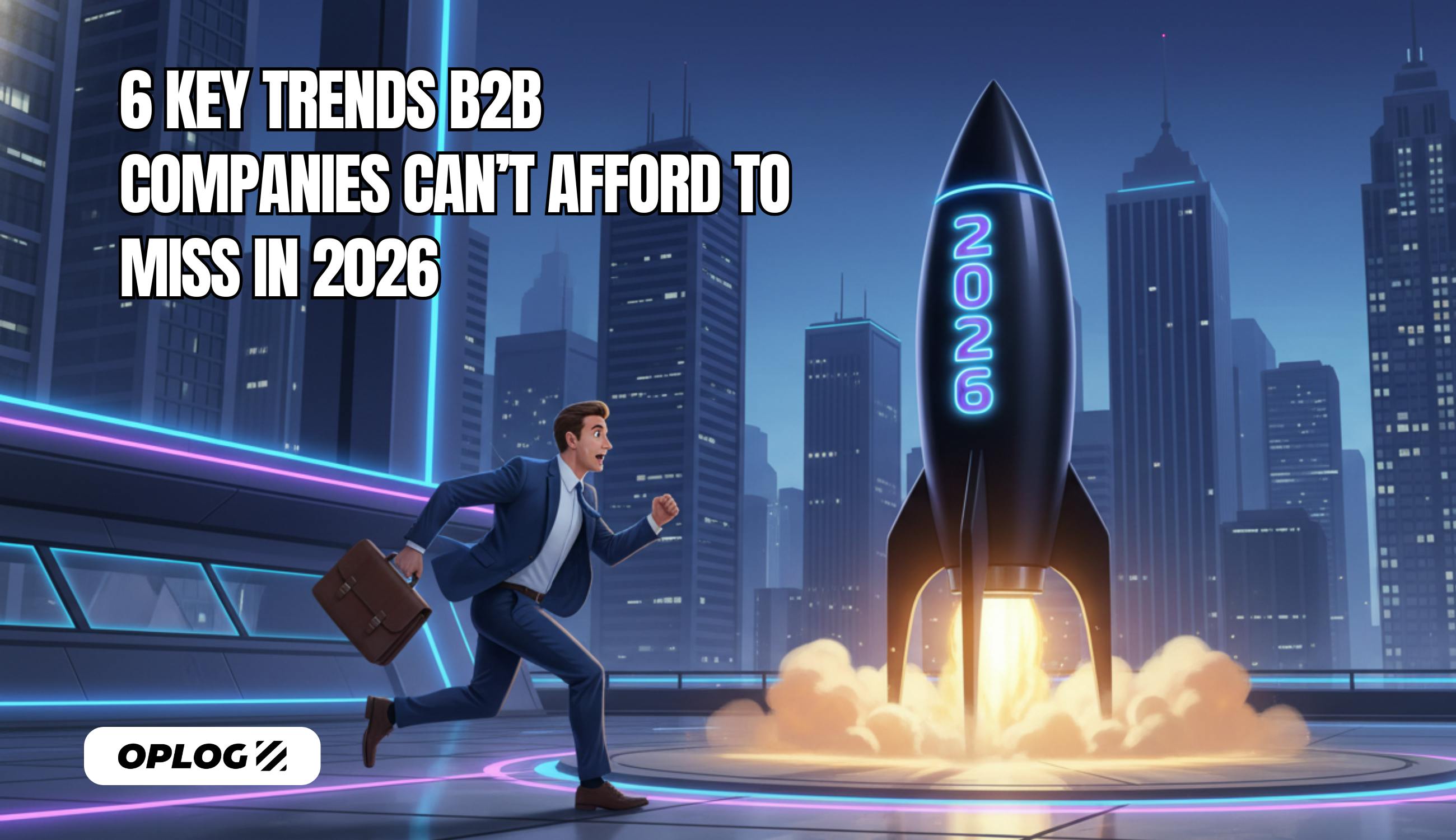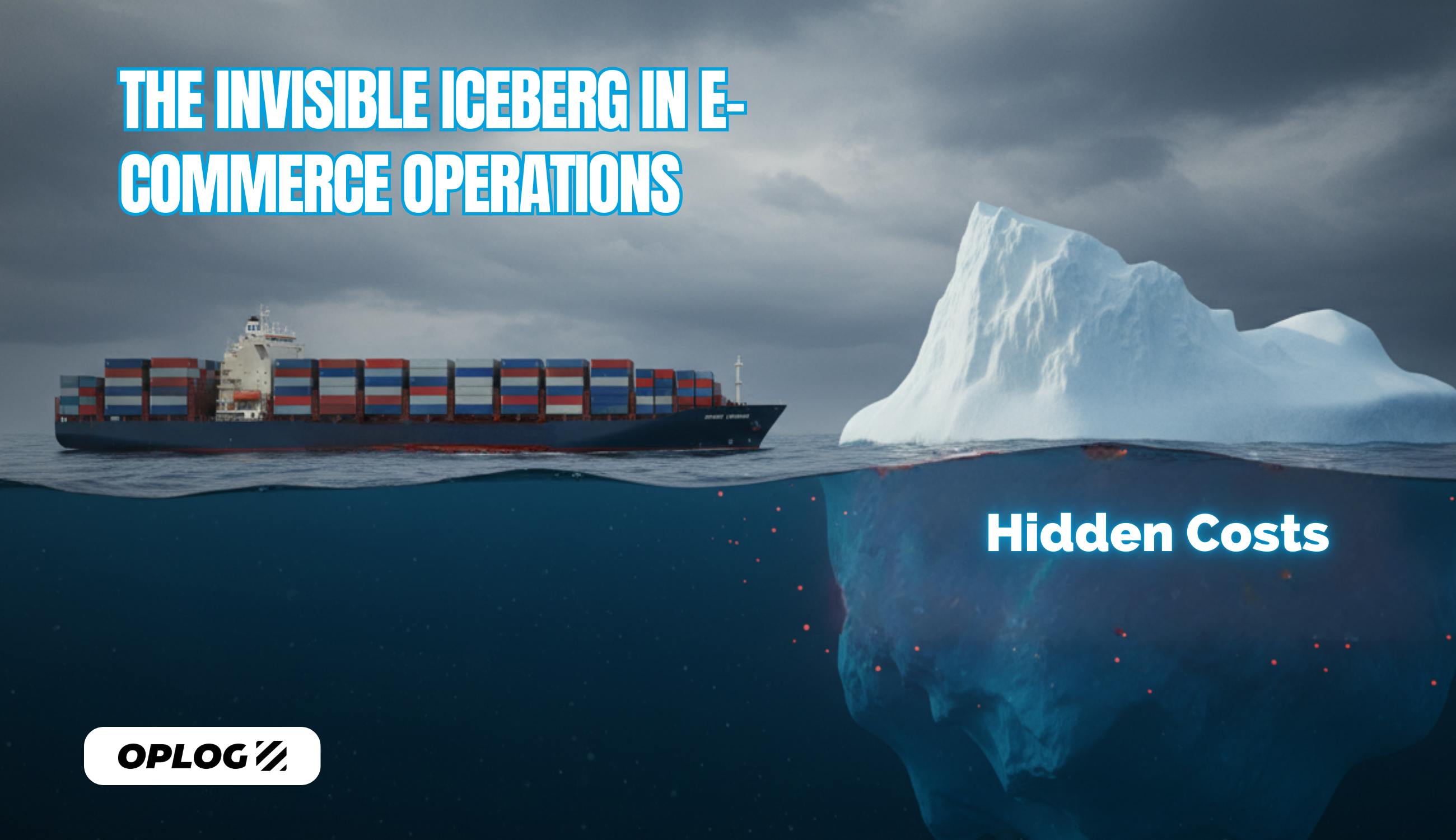The UK fashion industry stands at a critical juncture. With global e-commerce fashion sales valued at approximately £781 billion by 2027—aligned with a US $781 billion market size today—and fashion accounting for roughly 31% of all UK online sales, the logistics infrastructure supporting this massive market has never been more crucial
The Unique Challenge of Fashion Fulfillment
Fashion logistics differs fundamentally from other e‑commerce sectors. While electronics returns hover around 6–9%, fashion returns spike to 19.9%—over three times higher than any other category. This disparity translates into billions in reverse logistics costs, environmental waste, and operational complexity that traditional fulfillment models struggle to handle.
Consumer Expectations Are Reshaping the Industry
Today's fashion consumers don't just want products—they want them now. Research shows that 41% of consumers expect same-day delivery options when shopping online, while 45**% of Gen Z and millennials** say fast shipping directly influences their purchasing decisions. This expectation for immediacy has transformed fashion logistics from a support function into a competitive differentiator.
The phenomenon extends beyond speed. Modern consumers engage in "bracketing"—ordering multiple sizes or colors with the intention of returning what doesn't fit. While this behavior drives higher conversion rates, it creates unprecedented challenges for inventory management and reverse logistics systems.
The Rise of Same-Day Delivery in Fashion
Same-day delivery has evolved from a luxury service to a market necessity. Major UK fashion retailers are investing heavily in localized fulfillment networks, with some achieving delivery times as short as 2-4 hours in major metropolitan areas.
The economics are compelling: brands offering same-day delivery report 15-20% higher conversion rates and significantly improved customer loyalty. However, the operational complexity is immense, requiring:
- Micro-fulfillment centers positioned near major population centers
- Real-time inventory synchronization across multiple locations
- Dynamic routing algorithms that optimize for both speed and cost
- Specialized packaging that protects garments during rapid transit
The Technology Behind Ultra-Fast Fashion Fulfillment
Advanced automation is becoming essential. Robot-native warehouses can process 3x more orders per hour than traditional facilities while maintaining the gentle handling that fashion items require. These systems excel at:
- Automated sorting of hanging garments by style, size, and destination
- AI-powered demand forecasting that pre-positions inventory closer to likely buyers
- Dynamic slotting that adjusts warehouse layouts based on seasonal demand patterns
- Quality control scanning that identifies damaged items before they reach customers
Mastering Reverse Logistics: The £7 Billion Challenge
Fashion returns cost the UK industry an estimated £7 billion annually, with each return generating an average of 20-30 pounds in handling costs. Beyond the financial impact, fashion returns contributed to 750,000 tonnes of CO2 emissionsin 2022 alone.
The Anatomy of Fashion Returns
Research reveals distinct patterns in fashion returns:
- Fit-related issues account for 65% of all returns
- Color/style mismatches represent 20% of returns
- Quality concerns drive 10% of returns
- Opportunistic behavior (wardrobing, "snap and send back") comprises 5% but is growing rapidly
Effective reverse logistics requires specialized processes:
Immediate Processing: Returned items lose value rapidly in fashion. Best-in-class operations process returns within 24-48 hours of receipt.
Quality Assessment: Advanced imaging technology can evaluate return condition, determining optimal disposition (resale, refurbishment, donation, or recycling).
Inventory Integration: Seamless systems reintegrate returnable inventory into available stock, preventing stockouts of popular items.
Hanging Garment Fulfillment: The Specialist's Advantage
Not all fashion fulfillment is created equal. Hanging garment fulfillment represents one of the most sophisticated challenges in fashion logistics, requiring specialized infrastructure and expertise that general fulfillment providers often lack.
The Complexity of Hanging Garment Operations
Premium garments—suits, dresses, formal wear—require handling that maintains their shape, prevents wrinkles, and preserves presentation quality. This demands:
- Climate-controlled environments that maintain optimal humidity and temperature
- Specialized conveyor systems designed for hanging garments
- Gentle automation that handles delicate fabrics without damage
- Professional finishing services including steaming, pressing, and quality inspection
The investment in hanging garment capability is substantial, but the returns are significant. According to McKinseyresearch, brands utilizing specialized hanging garment fulfillment achieve significantly fewer damage claims and higher customer satisfaction scores, compared to traditional flat-packed fulfillment models.
Sustainability: The New Competitive Frontier
Environmental concerns are reshaping fashion logistics. Nearly 70% of consumers—according to McKinsey, 67%—now consider the use of sustainable materials an important factor when buying fashion, underscoring growing pressure on the industry to reduce its environmental footprint .
Innovative Approaches to Sustainable Fashion Logistics
Leading retailers are implementing comprehensive sustainability strategies:
Packaging Innovation: Biodegradable poly mailers, right-sized packaging, and reusable garment bags are reducing packaging waste by up to 30%.
Transportation Optimization: Electric delivery vehicles and consolidated shipping routes are cutting last-mile emissions while maintaining service levels.
Circular Economy Integration: Advanced systems that seamlessly handle returns, refurbishment, and resale are extending product lifecycles and reducing waste.
Predictive Analytics: AI-driven demand forecasting reduces overproduction and minimizes the need for markdown liquidation.
Technology Integration: The Path Forward
The future of fashion logistics is increasingly digital. Successful brands are leveraging:
Artificial Intelligence and Machine Learning
- Demand prediction that reduces inventory holding costs by 20-25%
- Size recommendation engines that reduce return rates by up to 35%
- Dynamic pricing that optimizes inventory turnover
Internet of Things (IoT)
- Real-time tracking of individual garments throughout the supply chain
- Environmental monitoring ensuring optimal storage conditions
- Predictive maintenance of handling equipment
Blockchain Technology
- Supply chain transparency enabling traceability from fiber to final sale
- Authentication verification combating counterfeit products
- Sustainability tracking providing verifiable environmental impact data
Best Practices for Fashion Logistics Excellence
Based on industry analysis and leading retailer practices, several key strategies emerge:
1. Invest in Specialized Infrastructure
Generic fulfillment capabilities cannot match the requirements of fashion logistics. Investment in fashion-specific infrastructure—from hanging garment systems to specialized packaging—pays dividends in customer satisfaction and operational efficiency.
2. Prioritize Data Integration
Seamless data flow between inventory management, order management, and fulfillment systems enables the real-time decision-making that modern fashion logistics demands.
3. Design for Returns
Rather than treating returns as an afterthought, design logistics operations with reverse flows as a primary consideration. This approach reduces costs and improves sustainability metrics.
4. Embrace Automation Thoughtfully
While automation drives efficiency, fashion requires solutions that balance speed with the gentle handling that preserves product quality and presentation.
5. Focus on Last-Mile Innovation
The final delivery experience disproportionately impacts customer satisfaction. Investment in last-mile capabilities—from same-day delivery to flexible delivery options—drives competitive advantage.
The OPLOG Advantage: Robot-Native Fashion Fulfillment
At OPLOG, we understand that fashion logistics isn't just about moving boxes—it's about delivering experiences that delight customers while driving operational excellence. Our robot-native warehouses and proprietary software are specifically designed to handle the unique challenges of fashion fulfillment.
Our comprehensive solutions address every aspect of fashion logistics:
- Same-day delivery capabilities that meet the most demanding customer expectations
- Specialized hanging garment fulfillment that maintains product quality and presentation
- Advanced reverse logistics that efficiently process returns and minimize waste
- Scalable technology that adapts to seasonal demand fluctuations
- Sustainable practices that align with environmental responsibility goals
Whether you're a boutique label launching your first e-commerce platform or a fast-growing brand scaling across the UK market, OPLOG provides the specialized expertise and technology infrastructure to transform your logistics operations into a competitive advantage.
The Future of Fashion Logistics in the UK
The UK fashion logistics landscape will continue evolving rapidly. Key trends to watch include:
Hyperlocal Fulfillment: Micro-fulfillment centers located within urban areas will enable sub-hour delivery for high-demand items.
Sustainable Packaging Innovation: Advances in biodegradable and reusable packaging will address environmental concerns while maintaining product protection.
AI-Driven Personalization: Sophisticated algorithms will predict individual customer preferences, reducing returns through better product matching.
Circular Economy Integration: Logistics systems will seamlessly handle product lifecycle management, from initial sale through multiple ownership transfers and eventual recycling.
Conclusion: Logistics as Competitive Advantage
In the highly competitive UK fashion market, logistics excellence is no longer optional—it's essential for survival and growth. Brands that invest in specialized fashion fulfillment capabilities, embrace technological innovation, and prioritize sustainability will capture market share from those clinging to outdated logistics models.
The complexity of fashion logistics—from same-day delivery expectations to sophisticated reverse logistics requirements—demands specialized expertise and infrastructure. As consumer expectations continue to evolve and regulatory pressures increase, the gap between leaders and laggards will only widen.
Success in fashion logistics requires more than operational efficiency; it demands a deep understanding of fashion industry dynamics, consumer behavior, and technological innovation. The brands that recognize logistics as a strategic differentiator—rather than just a cost center—will define the future of UK fashion retail.
Ready to transform your fashion logistics operations? Contact OPLOG today to discover how our specialized solutions can drive your brand's growth while delighting your customers.






